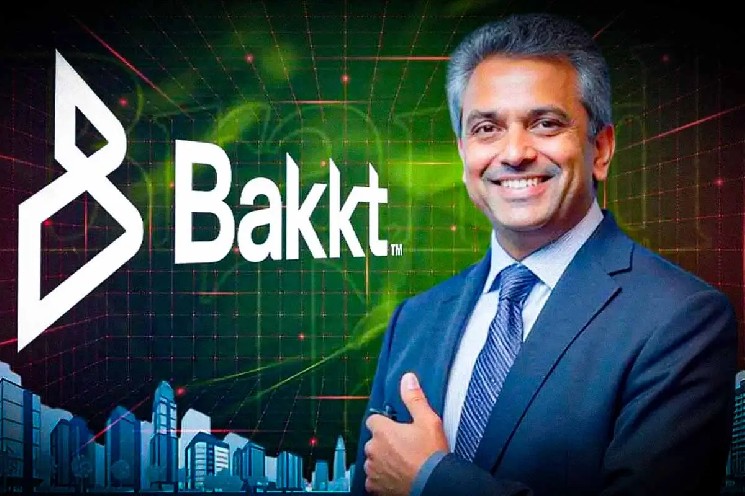What Is Blockchain? In-Depth 2025 Guide to Crypto Ledger
The rise of blockchain reshaped how value and information can flow without central intermediaries.
In 2008, the pseudonymous published the Bitcoin white paper, proposing a peer-to-peer electronic cash system that sidestepped banks by embedding trust directly in software. While earlier research (Merkle, Haber & Stornetta, Szabo, Dai, Finney) explored tamper-evident ledgers, Bitcoin’s design united three pillars—distributed networking, cryptographic hashing, and economic incentives—into a self-sustaining public database. The first block (the “genesis block”) arrived on January 3 2009, forever time-stamping “The Times 03/Jan/2009 Chancellor on brink of second bailout for banks.”
Since then, thousands of networks have imitated or expanded the idea, but Bitcoin remains the canonical illustration: every node keeps an identical copy of the chain, and consensus emerges without a central controller.
[Insert Image: Early Bitcoin mining rigs in a home basement]
A blockchain distributes the authority to record and verify transactions across many network participants called . No single organization owns the ledger, yet every node can validate the complete transaction history.
Once recorded, data is computationally impractical to alter because changing one block would require recalculating every subsequent block’s cryptographic hash. Immutability turns the chain into a .
Transaction data lives on a public ledger visible to anyone with an internet connection, but participants interact via alphanumeric addresses rather than real-world identities—blending openness with privacy.
Think of a block as a container: it groups many individual transactions, attaches metadata, and cryptographically links to the previous block, forming a chain.
The body lists validated transactions followed by a coinbase transaction, which creates new cryptocurrency units as miner or validator rewards.
[Insert Image: Diagram highlighting header vs. body of a blockchain block]
| Block Header Field | Purpose (Bitcoin Example) |
|---|---|
| Version | Indicates which consensus rules apply |
| PrevHash | Ensures chronological ordering |
| Merkle Root | Quick integrity check for every transaction |
| Time | Unix epoch when miner produced the block |
| Bits | Encodes current PoW difficulty target |
| Nonce | Number miners vary to find a valid hash |
A cryptographic hash takes any input and deterministically produces a fixed-length string. for Bitcoin or for Ethereum ensures even microscopic data changes generate entirely different hashes. Appending the previous block’s hash to a new header welds them together; tampering breaks the chain’s mathematical continuity, so honest nodes reject fake data.
Consensus is the protocol that tells every node, “This is the one true chain.”
Miners compete to solve an energy-intensive puzzle: find a nonce that makes the block hash fall below a difficulty threshold. The first to succeed broadcasts the block; others verify the answer and accept it. PoW’s economic security lies in : attacking the network demands vast hash power.
Validators lock up (“stake”) their coins for a chance to propose or attest to blocks. The protocol pseudo-randomly selects them in proportion to stake size. If they behave maliciously, their stake can be slashed. PoS therefore secures by rather than brute-force hashing, enabling lower energy use and quicker finality.
[Insert Image: Two miners racing vs. validators staking coins graphic]
| Consensus Model | Primary Security Resource | Block Finality Speed | Notable Networks |
|---|---|---|---|
| Proof of Work | Energy & hardware expenditure | 60 min (BTC 6 confirmations) | Bitcoin, Litecoin |
| Proof of Stake | Staked coins at risk | 12–15 s (Ethereum post-Merge) | Ethereum, Solana |
| Delegated PoS | Votes delegated to validators | <1 s | BNB Chain, EOS |
| Nominated PoS | Community nominates validators | 6 s | Polkadot, Kusama |
Smart contracts are self-executing scripts stored on a blockchain whose code and outcomes are transparent and immutable. They turn the ledger from a passive database into an .
Ethereum introduced the Ethereum Virtual Machine (EVM), allowing developers to write decentralized applications (dApps) in high-level languages like Solidity. Every node reruns contract code, guaranteeing identical results.
Standards give wallets, exchanges, and dApps common rules:
[Insert Image: Flowchart showing dApp interacting with Ethereum smart contract]
| Token Standard | Purpose | Key Functions |
|---|---|---|
| ERC-20 | Interchangeable units | transfer, approve, allowance |
| ERC-721 | Unique collectibles | ownerOf, safeTransferFrom |
| ERC-1155 | Batchable assets | safeBatchTransferFrom, balanceOfBatch |
Maintain a complete copy of the blockchain and independently verify every block.
Store block headers only and query full nodes for proofs, enabling mobile wallets.
Produce or attest to blocks and receive newly minted coins plus transaction fees as .
A user creates a random private key; its corresponding public key (and hashed address) can be shared openly, while the private key stays secret and signs transactions.
or EdDSA proves message ownership without revealing the private key. Network nodes verify signatures during transaction validation.
A Merkle tree hashes pairs of transaction hashes together until one root remains. This structure lets nodes confirm inclusion of a single transaction without downloading the full block.
Approaches like block size increases or sharding divide state or computation across multiple subchains while retaining base-layer security.
Rollups (Optimistic, ZK) execute transactions off-chain, then post aggregated proofs on-chain, boosting throughput by orders of magnitude.
Sidechains run their own consensus but bridge assets from the main chain; state channels open private lanes for rapid micro-payments, settling only the final state on the base layer.
[Insert Image: Layer-2 rollup funneling transactions into Ethereum mainnet]
| Scaling Approach | Throughput Goal | Security Source | Example Project |
|---|---|---|---|
| Sharding | Parallelize block processing | Main-chain validators | Ethereum roadmap, NEAR |
| Optimistic Rollup | >2,000 tps | Fraud proofs | Optimism, Arbitrum |
| ZK Rollup | >10,000 tps | Zero-knowledge validity proofs | zkSync, Starknet |
| State Channel | Instant, unlimited | Multisig closure | Lightning Network |
Designed primarily for . Its conservative development ethos prioritizes security and decentralization over rapid feature additions.
Introduced smart contracts and shifted from PoW to PoS via “The Merge” on September 15 2022, reducing new issuance and encouraging staking participation.
Protocols such as Uniswap, Aave, and Curve enable without centralized order books.
NFTs authenticate digital art, gaming items, and intellectual property rights on-chain, opening creative revenue models for artists and developers.
Tokens like USDC, USDT, and DAI peg their value to the U.S. dollar, providing a and on-ramp for crypto users worldwide.
[Insert Image: Collage of DeFi protocols, NFT artwork, and stablecoin logos]
Governance Models
On-Chain Governance
Token holders vote directly on protocol upgrades using smart contracts; examples include Tezos’s self-amending ledger and Compound’s proposal process.
Off-Chain Social Consensus
Development discussions, improvement proposals, and community sentiment shape changes; Bitcoin Core illustrates this approach, where code only becomes law once nodes voluntarily adopt it.
This article is provided for informational purposes only and is not intended as investment advice. The content does not constitute a recommendation to buy, sell, or hold any securities or financial instruments. Readers should conduct their own research and consult with financial advisors before making investment decisions. The information presented may not be current and could become outdated.











